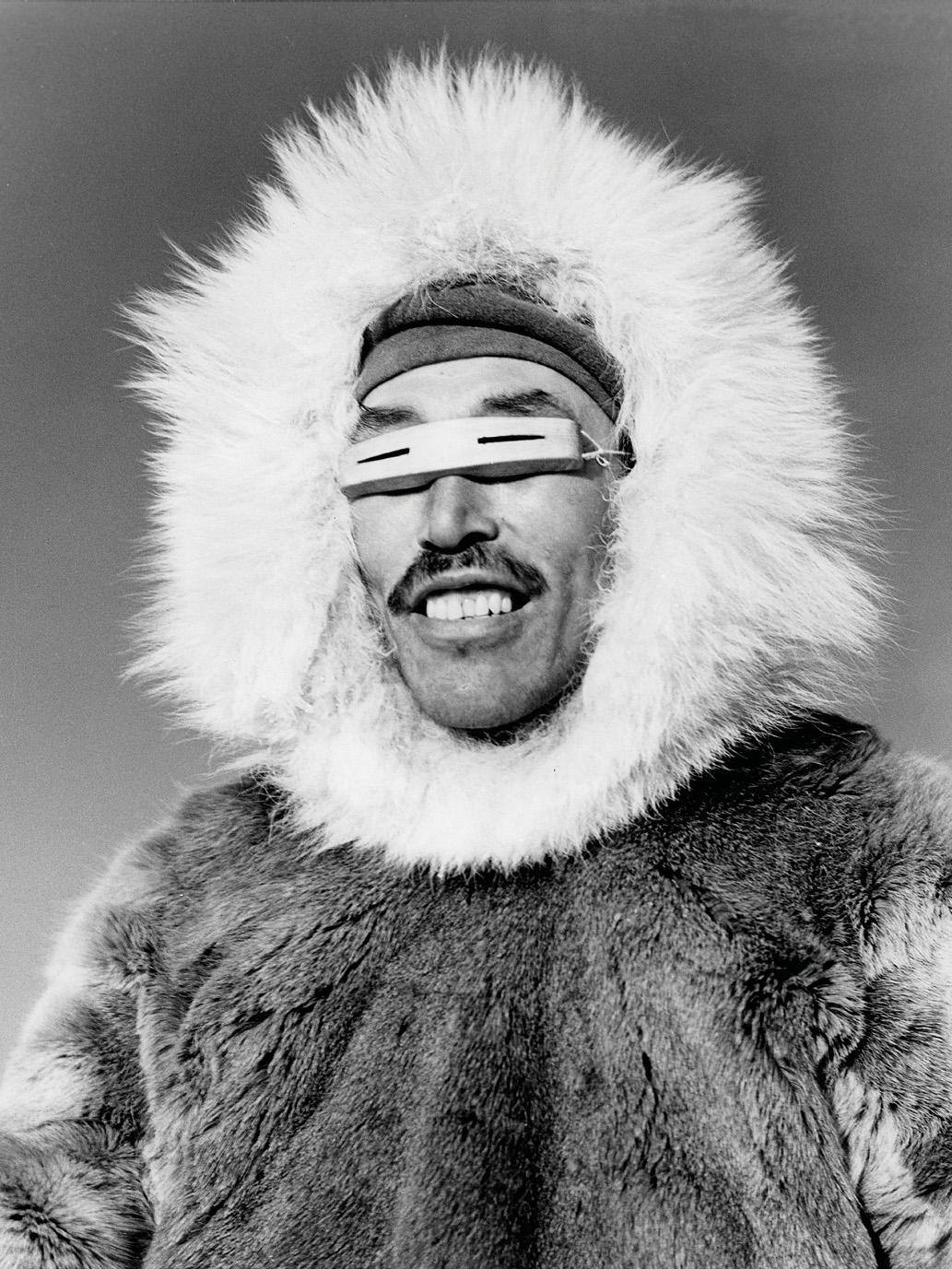NORTHERN LIGHT

ON AN ASSIGNMENT for the Hudson's Bay Company in 1946, the photojournalist Richard Harrington travelled to a Chipewyan settlement near the northern Manitoba border. The German-born Canadian photographer, who died in 2005, self-financed five more expeditions to the Canadian Arctic between 1948 and 1953. Sled dogs hauled him to the shores of Hudson Bay and through much of present-day Nunavut, covering some 5,600 kilometres. He took countless black-and-white photos of snow structures and austere landscapes, hunters and smiling families, all in an effort to document the everyday lives of Inuit communities.
More than 100 of Harrington's images appear in a new book, Richard Harrington: Arctic Photography 1948-53, which features a biography by gallery owner Stephen Bulger and a foreword by artist and curator Gerald McMaster, a Plains Cree citizen of the Siksika Nation. McMaster describes how Harrington's photos of Indigenous people are less romanticized than those by other white photographers, who sometimes staged their subjects in headdresses or traditional attire. Harrington showed the inside of igloos, papered with magazine clippings; an Inuit man with a gun next to a seal he'd just shot; and a friendly game of tug-of-war. Still, Harrington was always an outsider: his Inuit hosts called him adderiorli, or "the man with the box."
He is best remembered for his photos of the Padlei community in Kivalliq, a large region in southern Nunavut. In 1950, it was hit with a famine when the caribou, an essential source of food and raw materials, shifted their migration patterns. Many Inuit in the area died from starvation. By the end of the decade, the Canadian government ordered some survivors out of their camps and into outposts in the High Arctic. (Although the government claimed the relocation would be better for hunting, many Inuit believe Canada used their forced migration to establish claim to High Arctic land.)
この記事は Maclean's の December 2023 版に掲載されています。
7 日間の Magzter GOLD 無料トライアルを開始して、何千もの厳選されたプレミアム ストーリー、9,500 以上の雑誌や新聞にアクセスしてください。
すでに購読者です ? サインイン
この記事は Maclean's の December 2023 版に掲載されています。
7 日間の Magzter GOLD 無料トライアルを開始して、何千もの厳選されたプレミアム ストーリー、9,500 以上の雑誌や新聞にアクセスしてください。
すでに購読者です? サインイン

A DIVIDED CITY
In Windsor, Ontario, lives, careers and family ties have transcended the Canada-U.S. border for generations. Today, Trump's trade war is an existential threat for Canada's most American city.

SALT AND CEDAR
A couple build a minimalist retreat in sync with the Atlantic's stormy coastlines

My Weekend at Sad Camp
After my mother’s death, I signed up for a grief retreat in the forests of California. It upended everything I knew about mourning—and healing.

Never For Sale
This country has spent 250 years fighting American aggression. How resistance and resilience became the heart of Canada's national identity.

FACES OF THE TRADE WAR
Donald Trump's trade war is an existential threat for Canada's small and medium-sized businesses. Every year, they export more than $200 billion worth of goods to the United States and import nearly $150 billion worth—including equipment, food, construction materials and other products they need to stay afloat. Now, as businesses contend with tariff-induced inflation, suppliers are disappearing, prices are skyrocketing and profit margins are shrinking or vanishing altogether. That puts small-business owners on the frontlines of the trade war. Here, five of them describe their hopes, fears and game plans as they navigate U.S. tariffs, Canadian countermeasures and an economic climate of unprecedented uncertainty.

MY ADVENTURES WITH CANADIAN BOOKS
I left Russia as the country slid into authoritarianism and arrived in Canada knowing no one. In its novels, I found a blueprint for how to survive as a nation in the age of anger.

HOW TO FIGHT BACK
Trump's tariff war was a wake-up call for Canada to abandon its gentle complacency and take some big swings. Here are eight gutsy, radical ideas to secure the nation's future.

Harvest Water From Fog
Canada’s fresh-water supply has been drained by drought and dwindling aquifers. To find more, just look up.

Diana Matheson, Olympic soccer star and Northern Super League founder, is giving Canadian women a pro league of their own
BACK WHEN DIANA MATHESON was a star midfielder for Canada’s national women’s soccer team, plays were analyzed using magnets on tactical boards.

“I fled war zones in two countries. Now I build homes in Alberta.”
I left Ukraine behind, then Israel. In Calgary, I started over cleaning construction sites.
